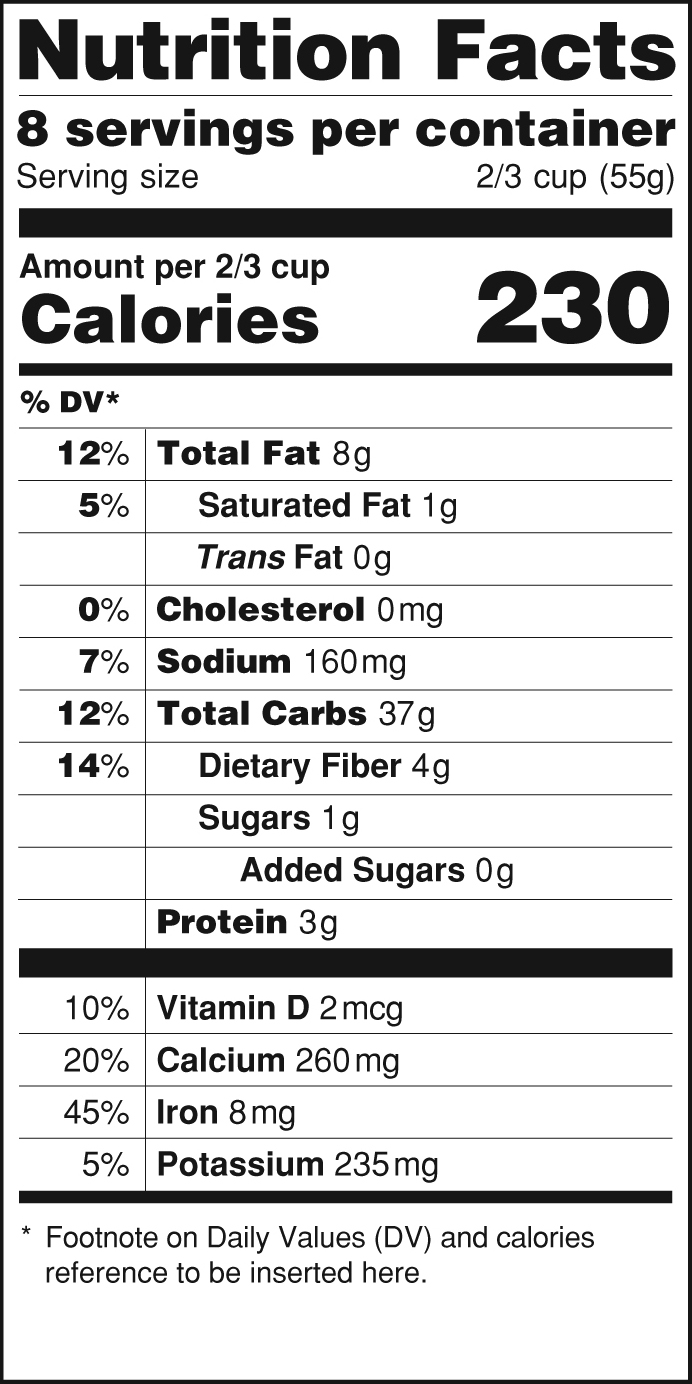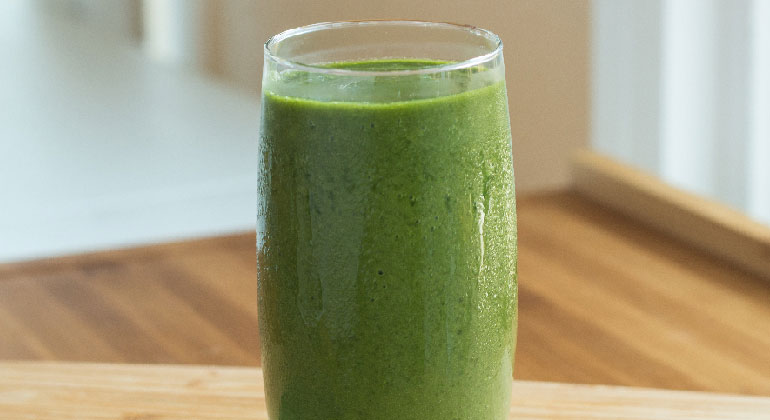
For the first time in over 20 years, the Nutrition Facts label is going to be significantly revamped! The last change that was made was in 2006, making trans fat required on the label. In July 2014, the FDA proposed a new label that would be easier for the public to read and understand. Ideally, the label should be helping us make healthier and informed decisions about what we consume. Take a look at the old (left) and new (right) labels:


Design
The new design is easier on the eyes, with the %DV placed on the left side of the label, and an emphasis on the calories and servings per container. A new and updated footnote about the DV has been proposed this year and will be clearer than the current one. This new label is very clean. You don’t have to look too hard at the label to find what you are looking for.
There is another “dual column” label that would be used on larger products to show nutrition facts for different serving sizes. It looks a little more messy, but it can be helpful for those in-between sized packages when you don’t want to do some quick calculations.
Nutrients
The new label has an “Added Sugars” section in an effort to help consumers distinguish between naturally occurring sugars and added sugars. The current label only has “Sugars”which combines the two. Earlier this year, the FDA has proposed a rule to add the %DV for added sugars and states that it should “not exceed 10% of total calories.”
There will be a slight decrease in the %DV sodium from 2,400mg to 2,300mg, but there is still a debate whether reducing the %DV to 1,500mg would be more appropriate in an effort to reduce prevalence of hypertension.
Vitamin A and C will not be required, but may be included voluntarily, since deficiencies of these vitamins are not very common in the United States. Vitamin D and potassium will be required, since many populations don’t get enough of these nutrients. The actual amounts of vitamins and minerals will also be included, not just %DV.
Serving Sizes
Serving sizes were first defined based on food consumption surveys in 1993. Those serving sizes have not been changed since. The new label will be changing serving sizes based on what the general public is eating today. This can be helpful or harmful to consumers. For example, some products are small enough to be labeled as 2 or more servings, but are usually consumed all at once, like a 20 oz. bottle of soda, a pint of ice cream, or a package of instant ramen. For larger products that can be eaten in one or multiple sittings, a new “dual column” label would have to be used, like a bag of chips.
This change in serving sizes is where things get iffy. Seeing a larger product with the label stating “1 Serving Per Container” can be enticing and may perhaps encourage us to consume the entire product. In my opinion, the idea that a product has 1 serving makes it more likely for anyone to eat the whole thing, and seeing that a smaller product has 2 servings would make anyone want to eat less. The new label should be convincing us to eat less by seeing how many calories, fat, and sugar we intake if we consume the entire package, but it could have the opposite effect.
This new label is a work in progress and should be ready for the shelves within the next few years.
Sources:
http://www.fda.gov/Food/GuidanceRegulation/GuidanceDocumentsRegulatoryInformation/LabelingNutrition/ucm385663.htm
About the Author:
Kiia is a 5th year at Cal Poly Pomona, studying Foods and Nutrition with an option in Dietetics and a minor in Physiology. She is interested in researching about new and trending diets, why people eat the way they do, and how food affects the body at the cellular level. Kiia loves long drives, food, playing guitar, baking, and looking at pictures of puppies. Her favorite foods are pineapples, pizza, eggs, tacos, and popcorn.
Did you enjoy this article? Read more by Kiia here!








